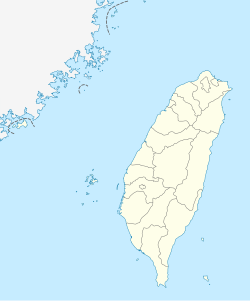| English
|
Yami
|
Tagalog/Ilokano/Visayan, etc.
|
| Person |
tao |
tao (Tagalog), tawo (Cebuano Vis., Bicol)
|
| Mother |
ina |
ina (Tagalog)[7]
|
| Father |
ama |
ama (Tagalog), ama (Ilokano)[8]
|
| Head |
oo |
ulo (Tagalog), ulu (Cebuano), olo (Ilokano)[9]
|
| Yes |
nohon |
oho (Pandan Bikol, Bikol Sentral)
|
| Friend |
kagagan |
kaibigan (Tagalog)
|
| who |
sino |
sino, sin-o (Hiligaynon Vis.), hin-o (Waray Vis.)
|
| they |
sira |
sila (Tagalog), sira/hira (Waray Vis.)
|
| their |
nira |
nila (Tagalog)
|
| offspring |
anak |
anak (Cebuano Vis.), anak (Hiligaynon Vis.), anak (Ilokano), anak (Tagalog)
|
| I (pronoun) |
ko |
ko, -ko (Ilokano)
|
| you |
ka |
ka, -ka (Ilokano)
|
| day |
araw |
araw, aldaw (Ilokano), adlaw (Cebuano Vis.)
|
| eat |
kanen |
kain, kanen (Ilokano), kaon (all Visayan)
|
| drink |
inomen |
inumin, inomen (Ilokano)
|
| speech |
ciriciring |
chirichirin (Itbayaten Ivatan), siling (Hiligaynon Vis., 'say'), siring (Waray Vis., 'say')
|
| and |
aka |
saka (Bikol Sentral, Calabanga variant) (historically "saka asin")
|
| ouch |
Ananay |
Aray, Agay (Cebuano Vis.), Annay (Ilokano)
|
| home |
vahay |
bahay, balay (Ilokano, Cebuano Vis.)
|
| piglet |
viik |
biik (Tagalog)
|
| goat |
kadling |
kambing, kanding (Cebuano Vis.), kalding (Ilokano)
|
| stone |
vato |
bato (Tagalog, all Visayan, etc.)
|
| town |
ili |
ili (Ilokano)
|
| one |
ása |
isa (Tagalog, Hiligaynon Vis.), maysa (Ilokano), usa (Cebuano Vis.)
|
| two |
dóa (raroa) |
dalawa (Tagalog), duha (Cebuano), dua (Ilokano)
|
| three |
tílo |
tatlo, tulo/tuto (Cebuano Vis.), tallo (Ilokano)
|
| four |
ápat |
apat (Tagalog, Hiligaynon Vis.), upat (Cebuano Vis.), uppat (Ilokano)
|
| five |
líma |
lima (Cebuano Vis.), lima (Hiligaynon Vis.), lima (Ilokano), lima (Tagalog)[10]
|
| six |
ánem |
anim (Tagalog), innem (Ilokano), unom (Cebuano Vis.), anum (Hiligaynon Vis.)
|
| seven |
píto |
pito (Tagalog/Ilokano/Visayan)
|
| eight |
wáo |
walo (Tagalog/Ilokano/Visayan)
|
| nine |
síam |
siyam, siam (Ilokano)
|
| ten |
póo |
sampu (Tagalog), sangapulo (Ilokano), napulo (all Visayan)
|



